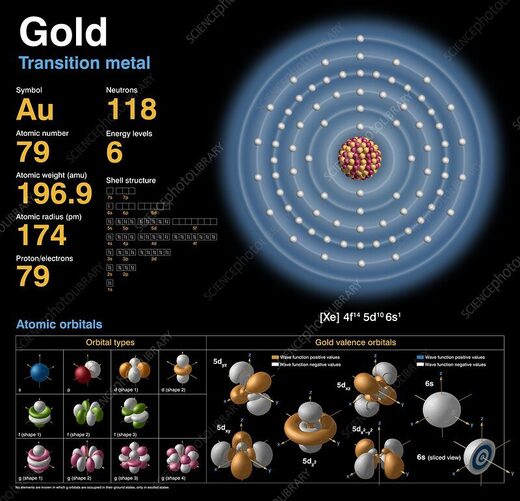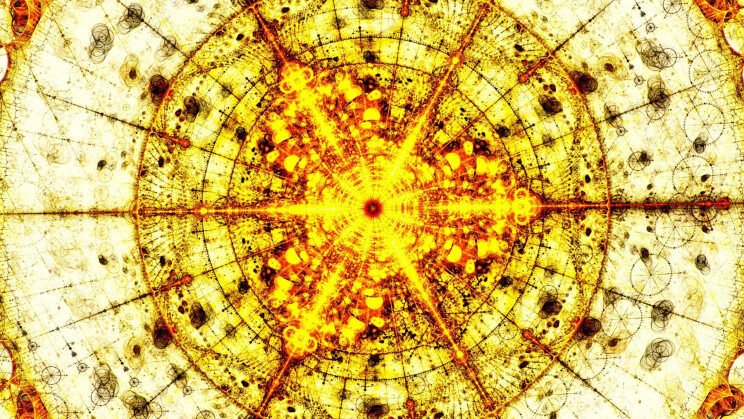In particle physics, high-speed collisions are usually a good thing.
And, when two photons are smashed into one another with enough force, the output is matter, according to Einstein's theory of special relativity. This process would yield an electron-positron pair, representing the conversion of light into mass, which seemed beyond our reach. But not for long.
Physicists have discovered a means of doing this in real life using the Relativistic Heavy Ion Collider at Brookhaven National Laboratory, directly witnessing this reaction, which is called the Briet-Wheeler process, according to a recent paper published in the journal Physical Review Letters.
This is a substantial discovery, building on a theoretical wall that seemed insurmountable only decades ago.

"In their paper, Breit and Wheeler already realized this is almost impossible to do," explained Zhangbu Xu, a physicist of Brookhaven Lab, about the two scientists who initially described the process, in a blog post posted on the Lab's official website. "Lasers didn't even exist yet! But Breit and Wheeler proposed an alternative: accelerating heavy ions. And their alternative is exactly what we are doing at RHIC." Accelerated ions refer to increasing the velocity of atomic nuclei that have been stripped of electrons. Since the latter have a negative charge, and the remaining protons contained in the atom's nucleus retain a positive charge, this makes heavier elements directly proportional to a greater positive charge, since it has more protons without electrons.
The researchers of this recent study used gold ions, which have 79 protons. That's a charge so strong that, when accelerated to ludicrous speeds, the gold ions generate a circular magnetic field that rivals the perpendicular electric field in the collider. When these two fields intersect, they can lead to the generation of electromagnetic particles, which are also called photons. "So when the ions are moving close to the speed of light, there are a bunch of photons surrounding the gold nucleus, traveling with it like a cloud," said Xu, in the blog post. The RHIC accelerates ions to relativistic speeds, which means a substantial fraction of the speed of light. The recent experiment saw gold ions accelerated to a mind-bending 99.995% of light's speed. That is very, very fast.
Physicists detected several properties of a Breit-Wheeler process
And, when two ions barely miss one another, their two clouds of photons begin to interact, and even collide. These encounters happen without detection, but the yield of the reaction, electron-positron pairs, can. But this isn't enough, since photons generated via this electromagnetic interaction are merely virtual in nature — swelling in and out of existence and without the measurable "real" mass of their physical counterparts. To satisfy the conditions of a full-bore Breit-Wheeler process, two "real" photons need to smash into another real pair of photons. Lucky for modern-day physicists, there's a technical means of differentiating between virtual electron-positron pairs, and the real Breit-Wheeler deal: the angles between the positron and electron in the pair produced from the high-speed collision.
And the physicists detected several different properties of the real photons, including the energy, mass distributions, and quantum numbers of the systems, according to Daniel Brandenburg, a physicist with the Brookhaven Lab, in the blog post. "Our results provide clear evidence of direct, one-step creation of matter-antimatter pairs from collisions of light as originally predicted by Breit and Wheeler." This is an extremely compelling discovery, with a next challenge lying in detecting the single photon-photon process directly by smashing photons together with the energy of gamma rays.




R.C.